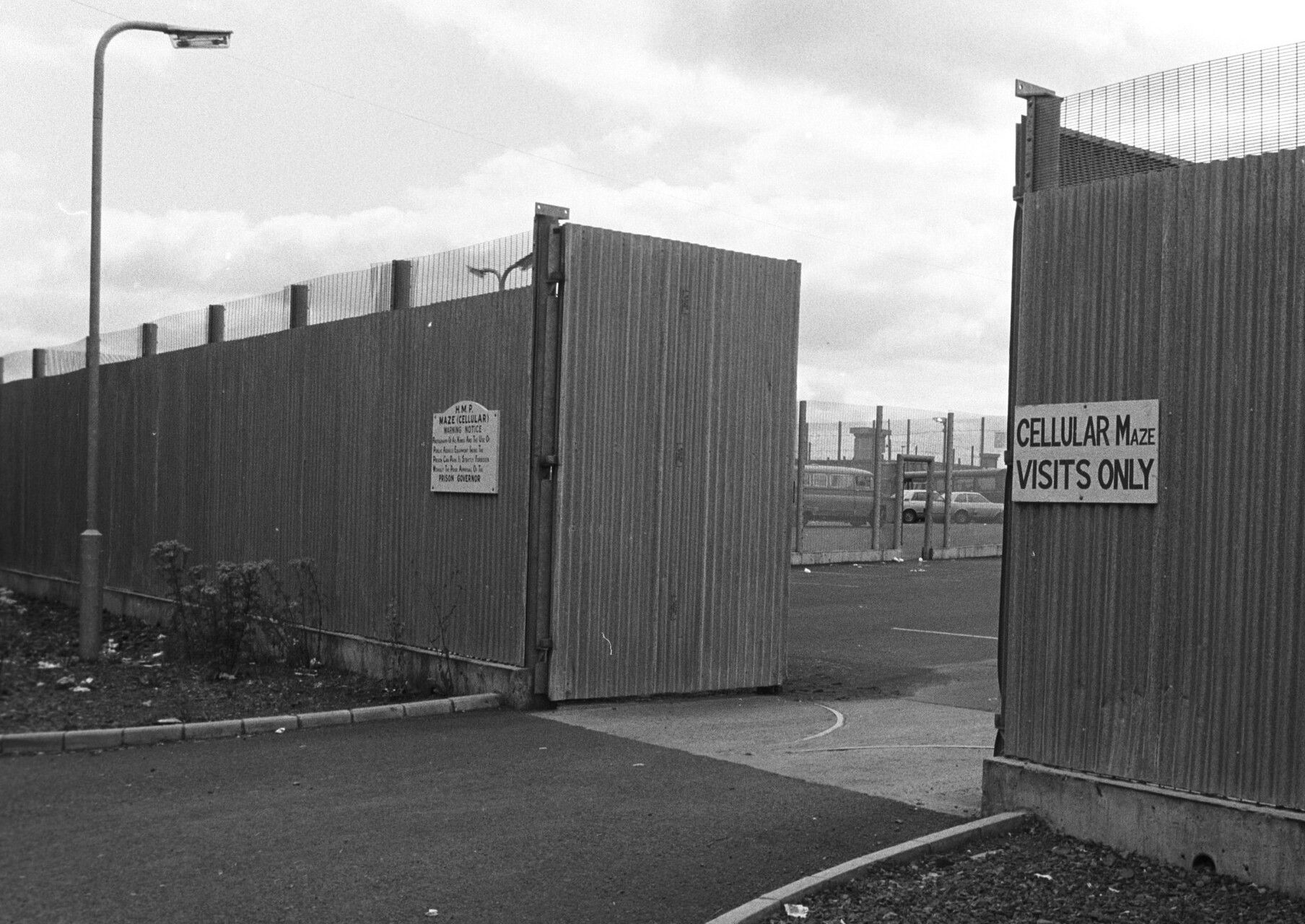AN architect behind a proposed peace centre at the former Long Kesh/Maze Prison has called for "something positive" to be done to the site.
The prison closed in 2000 and while most of it has been demolished, some buildings were listed and retained.
The high-security jail was the site of the republican hunger strikes in 1981 and the famous IRA break-out in 1983.
£300m regeneration plans for the site have been in limbo since 2013 when plans for a centre for peace and conflict resolution were blocked by then First Minister Peter Robinson, who came under pressure from unionists who claimed the site would become a "shrine to terrorism".
Now, the man behind the proposed peace centre plans, Daniel Libeskind, a Polish-American architect who oversaw the building of the 9/11 Ground Zero memorial in New York and the Jewish Museum in Berlin, says he remains committed to delivering the project at the former prison outside Lisburn.
Mr Libeskind told BBCNI's The View: "We cannot continue living with the violence and the ghosts of the past. We have to move forward.
"I'm surprised personally that Belfast cannot come together, that the conflict is still there in the political levels, which should certainly see that the world is changing around us. And should see that something positive should be done on that site."
But Education Minister and DUP Lagan Valley MLA Paul Givan said: "The Maze site represents an economic opportunity, but we can't ignore the reality that the site is contaminated by the retention of those buildings associated with the prison.
"To ignore those sensitivities is wrong," he added.
Alliance MP Sorcha Eastwood told the programme that the development of the Maze represented a "new start for everybody in Northern Ireland and a chance to tell our story together in a way that is sensitive and respectful".
"This is also something that has huge untold economic and social potential, but the DUP and Sinn Féin have proved that they are incapable of moving this forward," she said.








